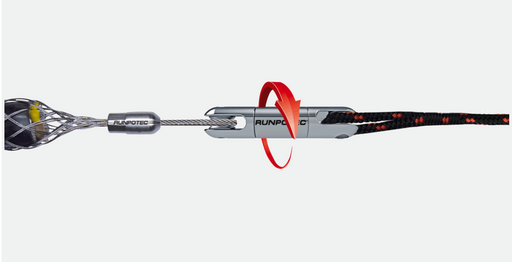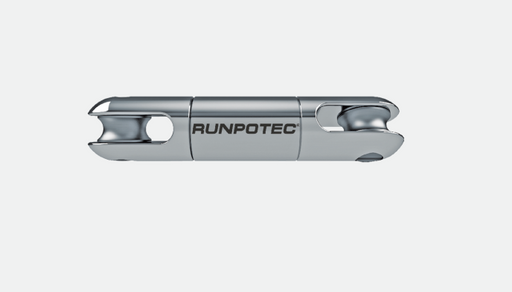Are cable pulling swivels reusable?
Cable pulling swivels are built for repeated use, but like any tool, they need proper care to keep performing at their best. Made from high-strength materials, they can handle heavy loads and high-tension pulls, making them a go-to for tough cable installations. However, their longevity depends on regular maintenance and inspection - especially after demanding jobs.
Before every use, give your swivels a quick check. If they’re sticking, not rotating smoothly, or showing signs of wear; like cracks, dents, or excessive friction marks - it’s time for a replacement. A worn swivel can lead to twisted cables, failed pulls, and unnecessary downtime, so keeping them in top condition ensures a smooth, stress-free installation every time.
How do cable swivels prevent cable damage during installation?
Pulling cables over long distances isn’t just tough - it can wreak havoc on your cables if they start twisting under tension. That’s where cable pulling swivels step in. These smart little devices let cables rotate freely under load, stopping the dangerous twisting that can lead to kinks, breakages, or even complete installation failures.
By absorbing that rotational stress, swivel links keep the pull smooth, controlled, and hassle-free. This is a game-changer for fiber optic, power, and telecom cables, where even the slightest twist can mean signal loss or long-term damage. Investing in a high-quality cable swivel doesn’t just protect your cables - it saves time, reduces frustration, and makes every job run like clockwork.
What other tools pair well with swivel links?
Cable pulling winches do the heavy lifting, providing the muscle needed to move cables over long distances, while cable rollers keep everything on track - literally - by reducing ground friction and guiding cables exactly where they need to go.
If you need to handle heavy cable drums, Cable drum jacks keep reels stable and elevated, ensuring a steady, tangle-free payout. And for those long, demanding pulls, cable pulling lubricants make all the difference; helping cables glide effortlessly through ducts and conduits with minimal resistance. Put these tools together, and you’ve got a seamless setup for stress-free, damage-free cable installations, every time.










